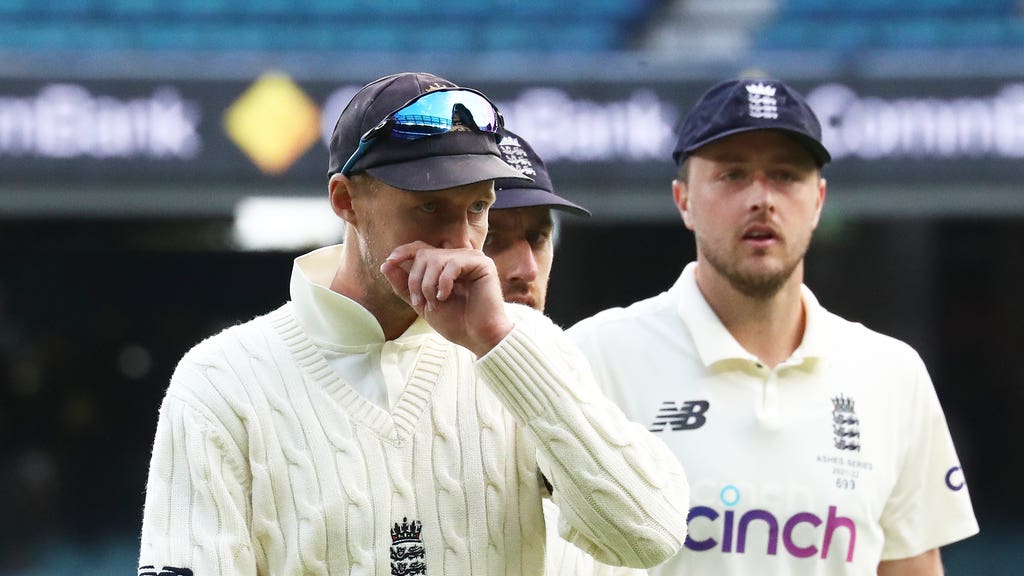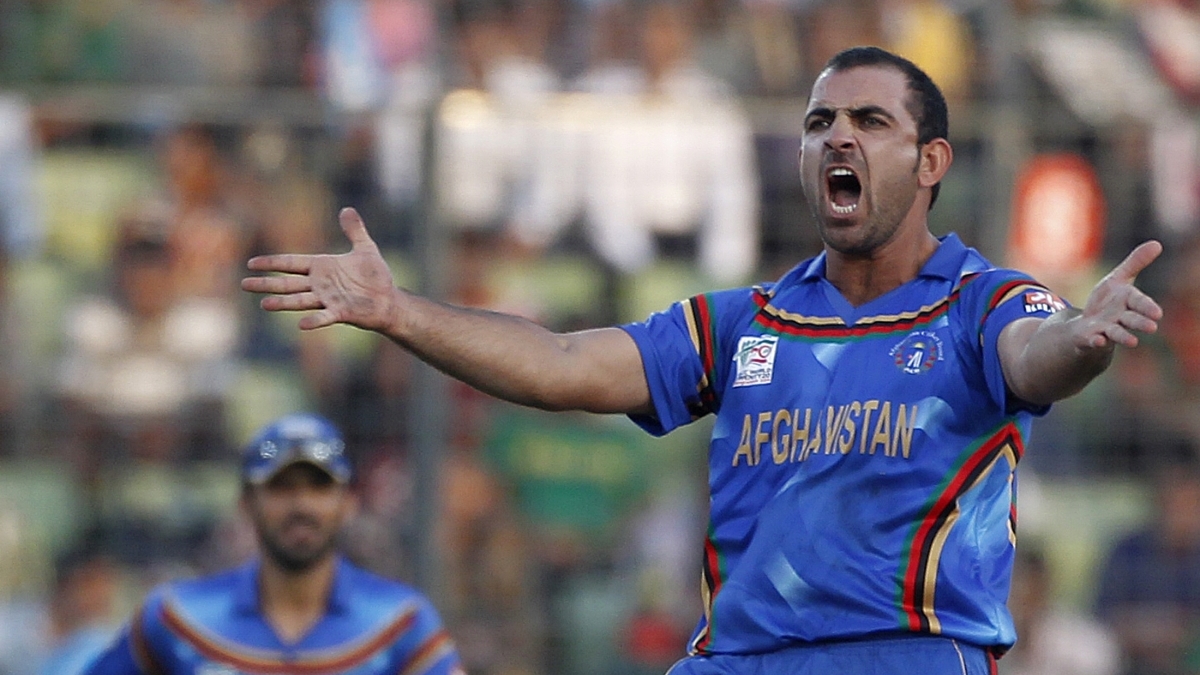
Somerset have cut back on road trips but Taunton has festival vibe
Dan Whiting explains why traditional outgrounds of Somerset, like Weston, are still revered today
Take two seaside resorts famed for their Victorian splendour, throw in a cricket festival and you will get two contrasting results. Scarborough in Yorkshire recently attracted a crowd of 5,000 in a day to a game of county cricket but Weston-super-Mare in Somerset no longer hosts the county in August at Clarence Park.
What works in one part of the country doesn’t in another and the beauty of county cricket in the UK is the diversity of the differing counties. Somerset are unique in their outlook and it is why they have been one of the most successful in recent years, both on and off the pitch.
Yorkshire have a population of five million people, Somerset have just 500,000. Scarborough was traditionally the seaside resort where the working classes of Leeds and Sheffield would holiday, therefore the cricket festival in August was a holiday at home for the White Rose loving folk of these cities.
If you visit Weston in August you find holiday makers sporting football shirts of Wolves, Birmingham City, Aston Villa and Coventry, for it is the nearest seaside resort for the people of the West Midlands. You may get the odd cricket fan but they have no affiliation to Somerset as a county in the way that those who visit Scarborough have for Yorkshire. It is one of the reasons why the festival at Clarence Park is no longer.
As for the ground, if you are standing on the pier at Weston, the islands of Flat Holm and Steep Holm in front of you in the Bristol Channel with South Wales in the distance, turn left along the sea front. Before you get to Weston CC – now the adopted home of Charl Willoughby or Uphill Castle CC, where the cricketing Trego family ply their trade – turn left through the back streets and there stands Clarence Park that was left in the 1880’s to the people of Weston, which hosted cricket just once a year.
Not the home of a cricket club it was purely a public park with the wicket prepared for the county specifically for the festival with the groundsman coming up from Taunton to help the park keepers of the Weston Corporation get the wicket ready.
I have my own memories of this ground. A huge beer tent ran along the side, the volume of the crowd along with the queues for the toilets corresponding with the amount of cider that the locals had imbibed, having been taken here by a cricket-mad uncle in 1979 when Viv Richards made batting on a park pitch look easier than it should have done.
I also came here in 1982, a London school child watching Middlesex defeat Somerset on holiday in a venue much maligned in Simon Hughes’ book, A Lot Of Hard Yakka.
He described Weston as a bumpy wicket and outfield that was a “dog’s public toilet”, bemoaning the splinters and the pavilion “not big enough to keep chickens in”. Norman Cowans found it much more to his liking as Somerset were dismissed for just over 50.
Vic Marks scored his maiden century here a couple of years later and Ian Botham enthralled the crowds in 1985, blasting a trademark, quickfire century.
Cricket was played here from just before the First World War until the Nineties. There are many famous stories including the Glamorgan fans who would arrive by paddle steamer from Penarth, just a short trip across the sea. Many locals would take their holiday to coincide with the cricket as seagulls and generators were the music to a backdrop of Richards and Garner. Weston, nicknamed Weston Super Mud when the tide was out might not have had much in common with the idyllic beaches of the Caribbean, but when these two were here it was calypso cricket.
Somerset have visited other outgrounds, too. Yeovil, home to Ian Botham, has been used in the past as has Wells and Millfield School, while Taunton Vale has been used for second team cricket.
Frome saw the debut of the tortured genius, Harold Gimblett, who smashed a hundred here in just 63 minutes. Amazingly, Gimblett was rejected by Somerset before being called back at the last minute and hitching a lift to the ground before his amazing bow in first class cricket. Colin Dredge would unleash his idiosyncratic action at the Agricultural Showground here before being employed by Somerset.
Bath is another ground that the county have used and possibly plan to utilise more in the future. With Bath Abbey looming over a pretty venue surrounded by the Georgian sandstone architecture that epitomises this Roman city, the cricket ground is opposite the rugby stadium on the banks of the River Avon.
Mike Gatting peppered the local buildings with a glorious 258 here in 1985 as he bathed in the glory of the sunshine, near to the Roman spa. The wicket wasn’t always so generous to batsmen, though, as in 1965 Worcestershire were submerged for a mere 42. However, the cost of a festival at Bath and Weston outweighed any benefits of playing away from Taunton.
Somerset chairman Andy Nash explained: “The corollary of the loss of outground cricket has been the development of the County Ground at Taunton where some would say almost every white ball game is a festival.
The traditional Somerset outgrounds of Frome, Weston, Wells, and Yeovil simply can’t achieve the quality standards of wicket, pitch and ground capacity and safety required. Somerset have traditionally played outground festivals because we recognise the contribution that these can make in showcasing first class cricket across the West Country.
“But festivals have to be played at grounds that are suitable to host first class matches and inevitably they must also be financially sustainable. This has been a challenge in recent years, particularly at Bath where we have traditionally played. We are very hopeful that the re-development of the Recreation Ground in Bath will allow us to play there again in the future. In the interim, we played a very successful 2nd XI fixture at Bath CC this year and will be extending our 2nd XI programme to grounds across the West.”
A trip to Taunton is akin to a visit to an outground. It is not stuffy or pretentious and aside from one of the most beautiful vistas in the game, the atmosphere is awash with West Country hospitality. The church spires in one direction and the Quantocks in the other make this one of my favourite venues and that is before I had sampled one of the outstanding pork rolls from the carvery.
They sell out virtually every T20 game and their membership is growing year on year. The way the county is run is a lesson to many others and they are a beacon of light for the game. With Taunton in use for 350 days a year, and hosting England v South Africa next year in a one-day game, this has allowed the county to invest more into its cricket. The home grown players of recent years such as Abell, Leach, the Overtons, Buttler, Meschede, Gregory and others are a testimony to the success of the systems that the county have in place.
So whilst the loss of festival cricket may be lamented by some, the benefits of keeping the county in Taunton and investing into the ground and team have to be taken into consideration. Somerset like to do things in their own way. With Nottinghamshire and Durham in trouble at the foot of Division One, should they be relegated, it would make Somerset the longest survivors at County Cricket’s top table. They have done it with a host of homegrown players and against the might of the financial muscle of the Test playing counties in Division One.
The Somerset way is working.
This piece originally featured in The Cricket Paper, September 9 2016
Subscribe to the digital edition of The Cricket Paper here







